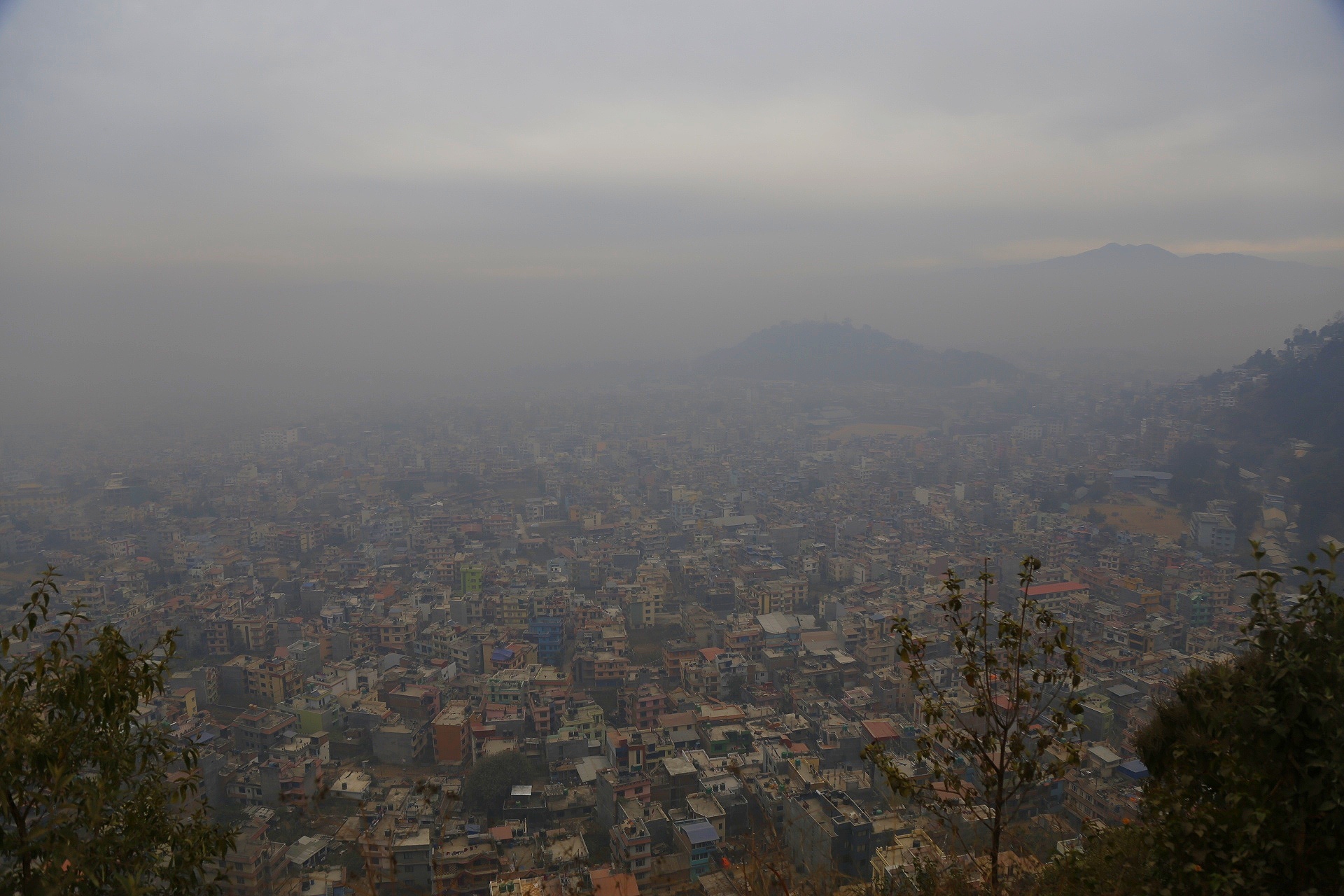
Our Mission
The mission of DEM’s Office of Air Resources (OAR) is to preserve, protect, and improve air quality in Rhode Island. In collaboration with the U.S. Environmental Protection Agency (EPA), OAR regulates the emission of air pollutants from stationary and mobile sources to achieve this goal.
Sustainable Development Goals
OAR’s work aligns with several Sustainable Development Goals (SDGs) established by the United Nations. These goals include:
- Goal 3: Good Health and Well-being – OAR aims to promote public health and prevent harm to human, plant, and animal life through the preservation and improvement of air resources.
- Goal 11: Sustainable Cities and Communities – By regulating air pollutants, OAR contributes to creating sustainable and livable cities for the state’s inhabitants.
- Goal 13: Climate Action – OAR’s efforts to control air emissions play a crucial role in mitigating climate change and reducing greenhouse gas emissions.
- Goal 15: Life on Land – Protecting air quality helps preserve ecosystems and biodiversity, ensuring the well-being of plant and animal life.
Air Resources Program
The Air Resources program operates in accordance with Rhode Island General Law § 23-23-2, which states:
“…to preserve, protect, and improve the air resources of the state to promote the public health, welfare, and safety, to prevent injury or detriment to human, plant, and animal life, physical property, and other resources, and to foster the comfort and convenience of the state’s inhabitants.”
OAR carries out its mandate through various activities, including:
- Regulating stationary emission sources – OAR sets and enforces emission standards for industries, power plants, and other stationary sources to reduce air pollution.
- Regulating mobile emission sources – OAR establishes regulations for vehicle emissions, promoting the use of cleaner fuels and technologies.
- Monitoring air quality – OAR operates a network of monitoring stations to assess air quality across Rhode Island and identify areas of concern.
- Collaborating with stakeholders – OAR works closely with businesses, communities, and other government agencies to develop and implement strategies for improving air quality.
To gain a deeper understanding of the Office’s major activities, you can explore an interactive tour through our StoryMap Collection.
SDGs, Targets, and Indicators
-
SDG 3: Good Health and Well-being
- Target 3.9: By 2030, substantially reduce the number of deaths and illnesses from hazardous chemicals and air, water, and soil pollution and contamination.
The article discusses the Office of Air Resources’ responsibility for the preservation, protection, and improvement of air quality in Rhode Island. This aligns with SDG 3, which aims to ensure healthy lives and promote well-being for all. Specifically, the target of reducing deaths and illnesses from air pollution is relevant to the issues highlighted in the article.
-
SDG 11: Sustainable Cities and Communities
- Target 11.6: By 2030, reduce the adverse per capita environmental impact of cities, including by paying special attention to air quality and municipal and other waste management.
The article mentions the regulation of air pollutants from stationary and mobile emission sources to preserve and improve air quality. This aligns with SDG 11, which focuses on creating sustainable cities and communities. The target of reducing the adverse environmental impact of cities, particularly in terms of air quality, is relevant to the issues discussed.
SDGs, Targets, and Indicators Table
| SDGs | Targets | Indicators |
|---|---|---|
| SDG 3: Good Health and Well-being | Target 3.9: By 2030, substantially reduce the number of deaths and illnesses from hazardous chemicals and air, water, and soil pollution and contamination. | No specific indicators mentioned in the article. |
| SDG 11: Sustainable Cities and Communities | Target 11.6: By 2030, reduce the adverse per capita environmental impact of cities, including by paying special attention to air quality and municipal and other waste management. | No specific indicators mentioned in the article. |
Behold! This splendid article springs forth from the wellspring of knowledge, shaped by a wondrous proprietary AI technology that delved into a vast ocean of data, illuminating the path towards the Sustainable Development Goals. Remember that all rights are reserved by SDG Investors LLC, empowering us to champion progress together.
Source: dem.ri.gov

Join us, as fellow seekers of change, on a transformative journey at https://sdgtalks.ai/welcome, where you can become a member and actively contribute to shaping a brighter future.






